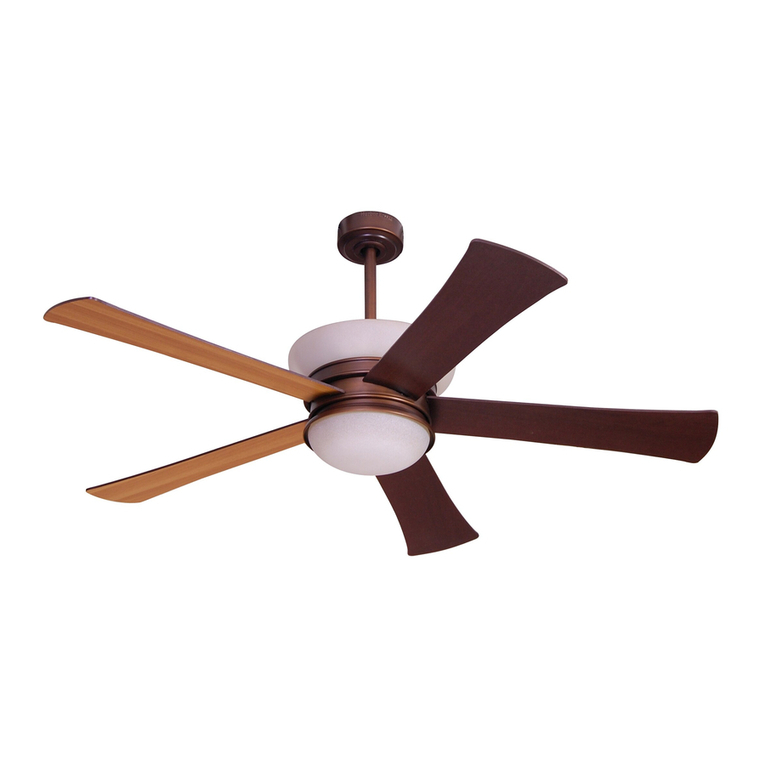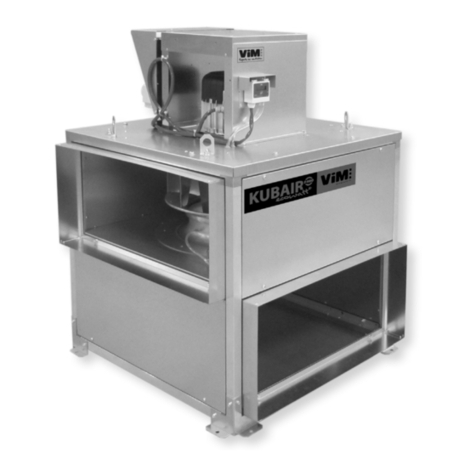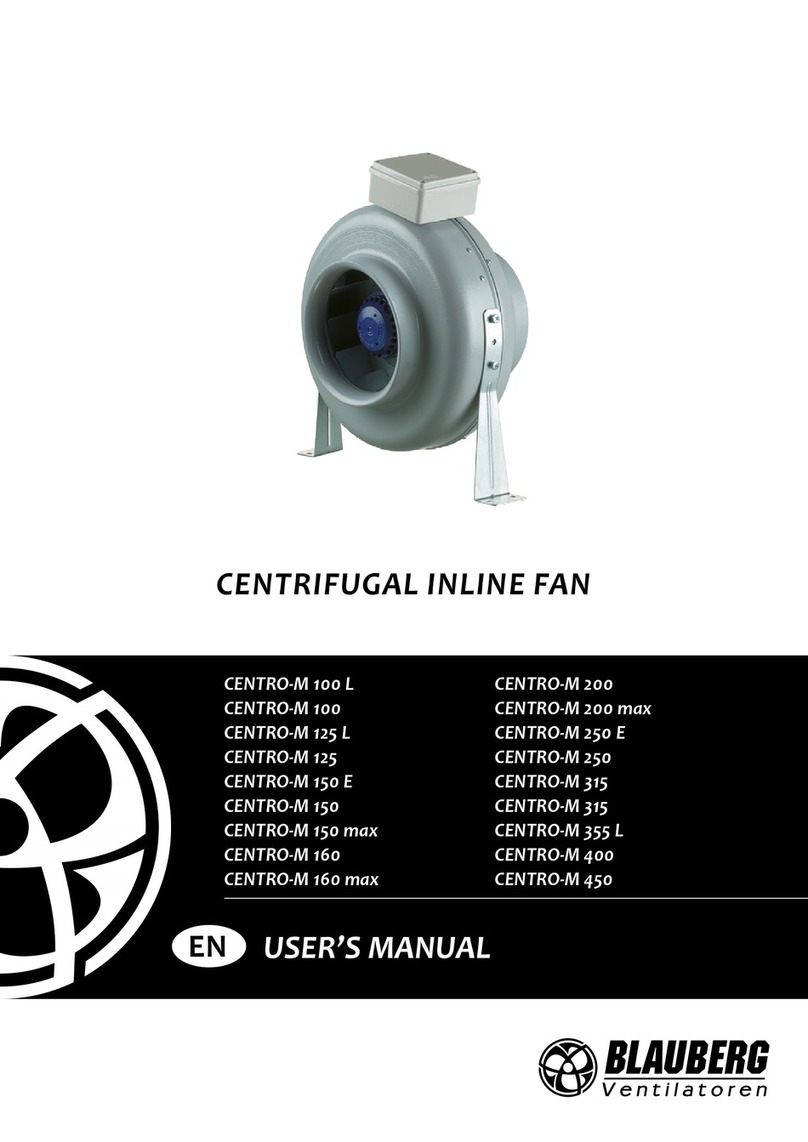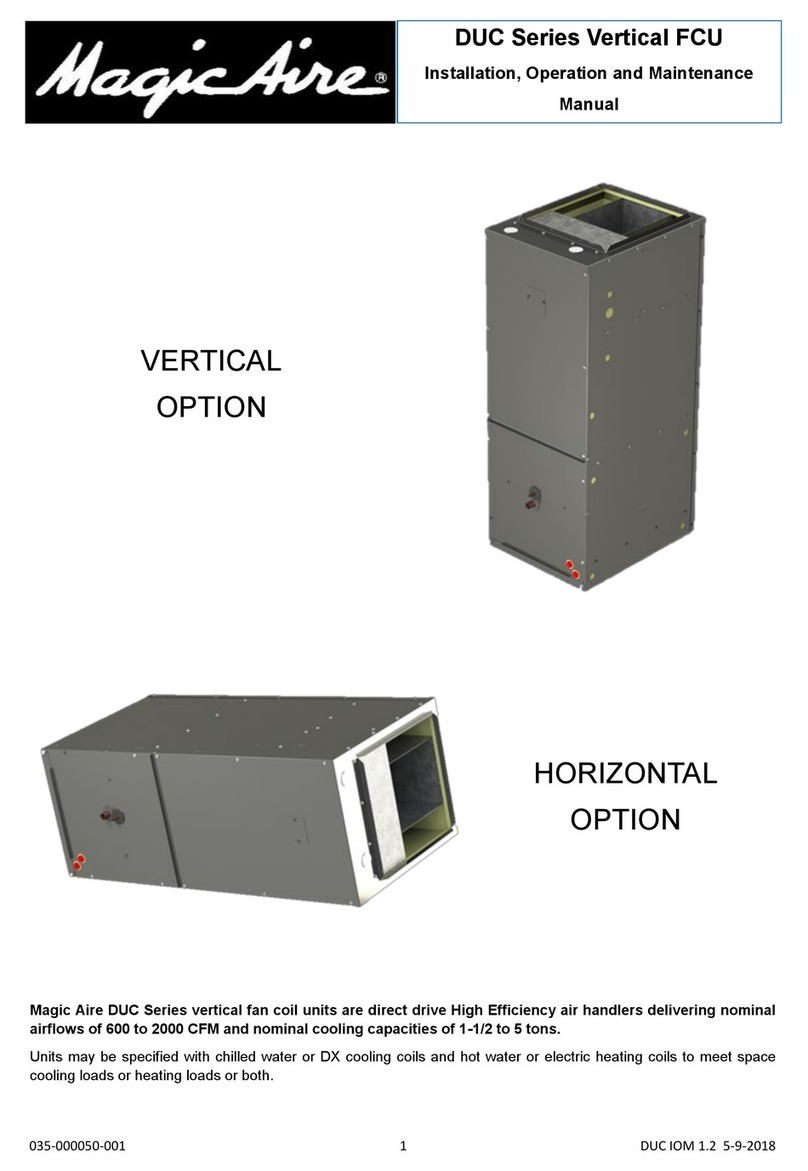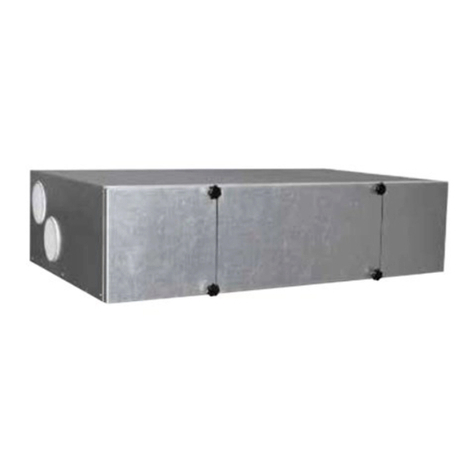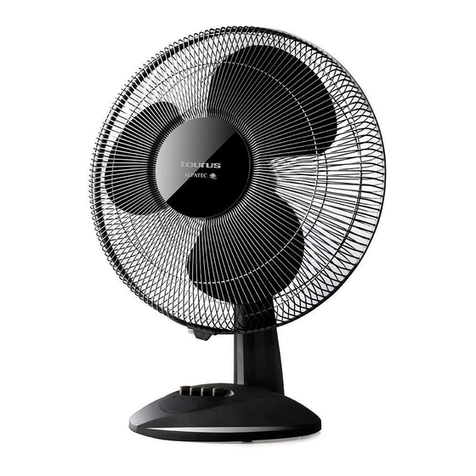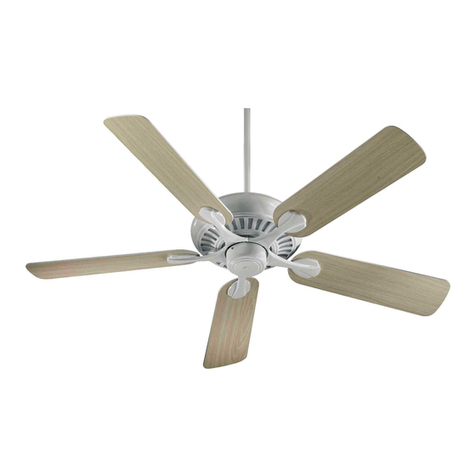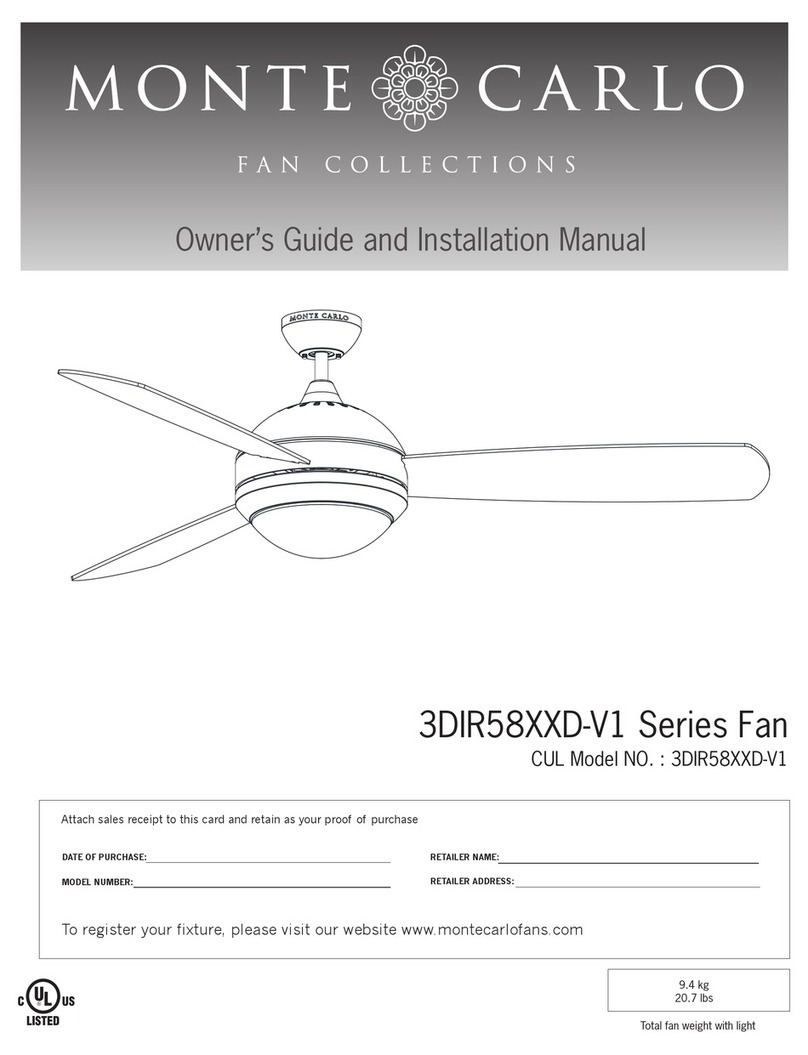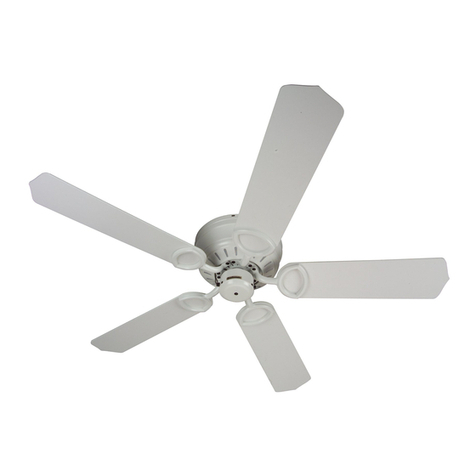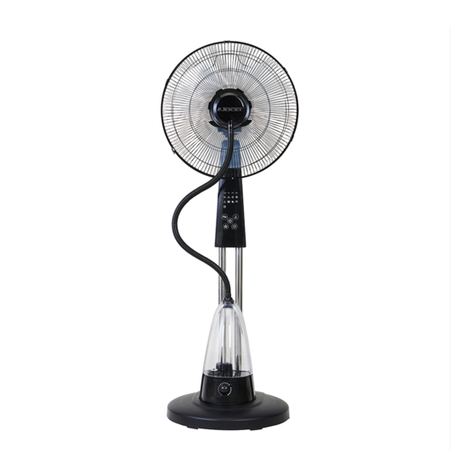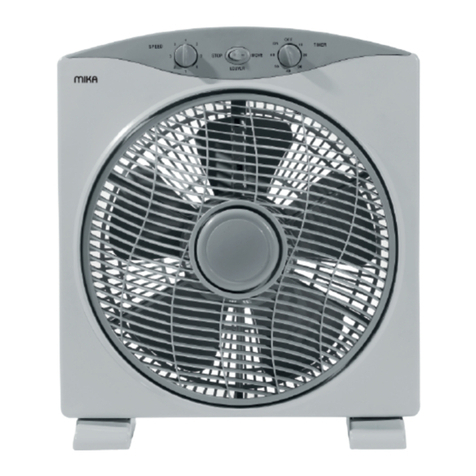
035-000040-001 Page 6 of 16 DVB IOM 1.4 08-23-2016
INSTALLATION OF CHILLED WATER LINES
(with Chilled Water Coils)
1. If the Fan Coil Unit is located where the
coil is subject to freezing during winter months,
protect the coil from freezing. The coil can be
protected by:
A. Use of glycol cooling fluid, and/or
B. Circulation of warm air over the coil.
CAUTION: Draining the system may
not protect the coil from freezing. How
ever, the system must be drained when
glycol has not been added, for minimal
protection.
2. Whenever glycol is added for the heating
season, the system may have to be flushed
prior to the start of the next cooling season
because of capacity loss due to glycol.
3. Insulate chilled water piping with good quali-
ty insulation material with vapor barrier that is
continuous up to the unit casing.
CONDENSATE DRAIN
Provide condensate drain piping material and
size per local code requirements. Provide P-trap
with minimum seal of 4.0 inches. Insure that P-
trap is installed below the drain elevation to allow
pan to drain fully. Pitch drain piping downward
with minimum slope of 1/8” per foot, or minimum
required by code. NOTE: Failure to provide
proper condensate drain trap may lead to
condensate overflow and property damage
and to unacceptable IAQ conditions. Auxilia-
ry drain pan is recommended to prevent prop-
erty damage in the event of blocked drainage
system piping.
WARNING-AUXILIARY DRAIN PAN
RECOMMMENDED: Many municipalities have
adopted building codes that require the use of
auxiliary drain pans. Magic Aire holds that this
practice represents the standard for professional
installation whether or not such codes exist in a
specific municipality or territory. As such, water
damages that would have been prevented had
an auxiliary pan been deployed will not be con-
sidered for compensation. This position is taken
regardless of whether the source of the moisture
was specified as a potential failure mode in the
applicable building code or not. A freeze burst,
cracked drain pan, failed weld, or corrosion in-
duced leak are some of the potential failure
modes that are mitigated when an auxiliary pan
is properly installed. Professional installers rec-
ognize the value of protecting customer assets
against foreseeable events. Customers who
choose to avoid the cost of common protective
measures waive their right to seek damages
when those foreseeable events occur. If the Fan
-Coil is located above a living space or where
damage may result from condensate overflow,
FREEZE PROTECTION
Insure that the unit is protected against
freezing conditions. Failure to provide
freeze protection may result in equipment or
property damage. Freeze protection
measures are customer-provided and in-
stalled and include but are not limited to low
-limit thermostats, automatic temperature
controls, and use of glycol based heat
transfer fluids. See also section
“CONDENSATE DRAIN”.
Refrigerant coils may form ice (“freezing”)
under certain non-standard operating condi-
tions. Magic Aire recommends use of a
field-provided and installed low limit thermo-
stat on DX coils to prevent damage and
adverse operation caused by coil icing.
WARNING
install a watertight pan of corrosion-resistant metal
beneath the unit to catch over-flow which may
result from clogged drains or from other reasons.
Provide proper drain piping for this auxiliary pan.
Consult local codes for additional precautions be-
fore installation.
SUPPLY AND RETURN DUCTWORK
1. Use flexible duct connectors to supply and
return connections to minimize sound trans-
mission from unit to ductwork.
2. When the connecting return air duct is small-
er than the coil inlet opening, construct the
transition piece so that the vertical and hori-
zontal dimensions of the transition piece do
not increase more then one inch for every
seven inches of length of the transition piece.
3. For best performance, provide at least three
feet of straight duct work preceding the coil
inlet.
4. Install unit so that the entering chilled water is
on the leaving air side of the coil (Chilled Wa-
ter coil). Refrigerant coils are supplied in the
proper orientation. NOTE: If reversed, capaci-
ty will be reduced.
5. Install unit so that it pitches slightly –(1/8
inch) – toward the condensate drain opening
that is to be used.

